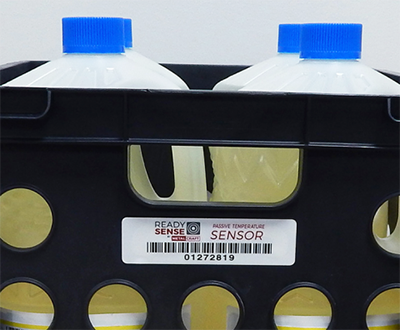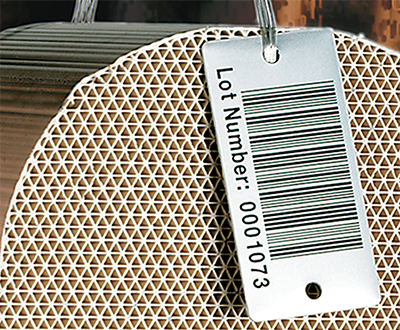What is an asset tag?
What is an asset tag? Look at the asset tag on laptop you are reading this on. Does it have a tag with a number on it? Perhaps even a barcode? Maybe it starts with "Property of..."? That, my friend, is an asset tag. So, what then is asset tagging? And better yet, why should you care?
No matter what industry you look at, there is always that industry-specific jargon that makes sense only to those already in that industry. Or perhaps proper context is needed to explain the concept or term. Asset tagging and asset tracking are both examples of this.
What is an asset?
Let's break this down. What do we mean by "asset?" Is it a financial asset? What about an asset in real estate? In fixed asset tracking, an asset typically refers to any tangible property owned by a business or organization that has long-term financial value and is used in the operation of the business to generate revenue. These assets are not intended for immediate sale and are expected to provide benefits over a period of time longer than one year.
Examples of fixed assets include land, buildings, machinery, vehicles, furniture, and equipment. One of the most common items we see is an asset tag on laptop. Tracking these assets is crucial for accounting purposes, maintenance scheduling, depreciation calculations, and overall financial management.
Why do you need an asset tag?
An asset tag assigns a unique number to whichever asset it gets applied to. When done correctly, the asset tag acts as a license plate for that asset. The license plate number is associated in the backend database with all the important information about that particular asset, i.e., how old the asset is, how much the asset costs, maintenance records for the asset, and even who the asset is assigned to - all from that one asset number.
How do you select an asset tag?
Wow, where should I begin with this one? First, it is important to understand that not all asset tags are created equal. Therefore, to select the one that will meet the needs of the application, we must first define our objective and assess the environment to which the asset tag will be exposed.
Questions to help define the objective and assess the environment include:
- What will the asset tag be applied to?
This helps identify the material and potentially the affixing method. For example, if this is going on an asset that isn't flat a thick nameplate is probably not the right choice. In addition, if it is a plastic surface it would work better with a low surface energy adhesive rather than a high surface energy adhesive.
- How long does the asset tag need to last?
Depending on how long you need it to last, you may want to look at more durable materials for the asset tag. - Will the asset tag be exposed to sunlight? If so, for how long?
This not only helps identify the material best suited, but also what colors will work best for the asset tag. - Will that asset tag be exposed to chemicals? If so, what chemicals and for how long?
Again, this helps identify what material will work best for the application. Some materials work better than others when exposed to strong acids, others work better when exposed to strong caustics. What temperature will the asset tag be exposed to? For how long?
High temperature means different things to different people. For example, when customers ask for a tag that will resist high temperatures, they may only be talking 100 degrees or so; which is high for people, but most asset tag constructions can withstand temperatures up to 300 degrees before needing to look at metal or something even more temperature resistant.
An example of one of our metal high temperature labels.
The answers to these questions will help you select and asset tag that will meet your application objective and withstand the environment to which they will be exposed - ensuring a greater return on investment (ROI) for you.
Why should you tag your assets?
Asset tagging is really a means to an end. It's an important part of an overall asset tracking program. Using the asset tag to track your company's assets increases efficiency and accuracy. It helps increase efficiency by speeding up the overall asset tracking process - particularly if you use barcode and/or radio frequency identification (RFID) tags over tags with a human readable number only.
Additionally, it increases accuracy specifically when using an automated method, i.e., barcode and/or RFID technology by eliminating the possibility of human error when entering information (transposed numbers, etc.). Lastly, asset tagging and tracking is really a cost-saving measure - helping companies maximize the use of their assets and eliminating the need for unnecessary asset purchases due to missing or misplaced assets.
To learn even more about what an asset tag is, contact us today at [email protected].
 | About the Author: Tyler JohnsonTyler has extensive experience and expertise in the identification industry. Prior to Grey Trunk RFID, he worked at Metalcraft which helped him understand the importance of a high quality identification tag. Now he is leading the team at Grey Trunk RFID to offer the complete solution. |




